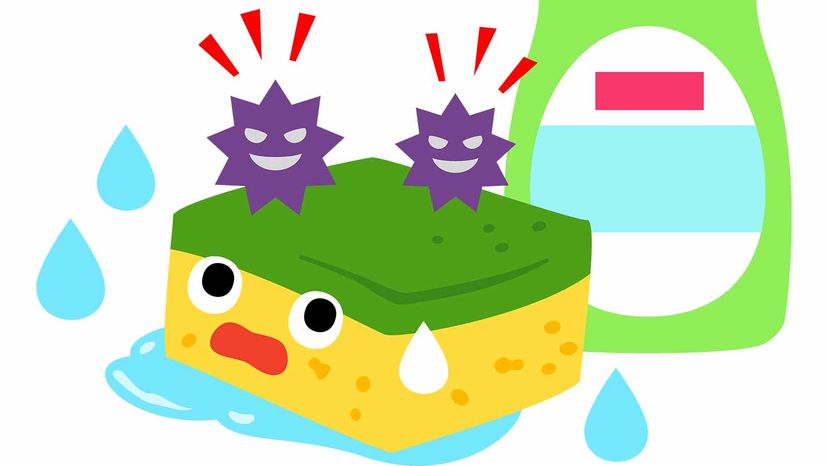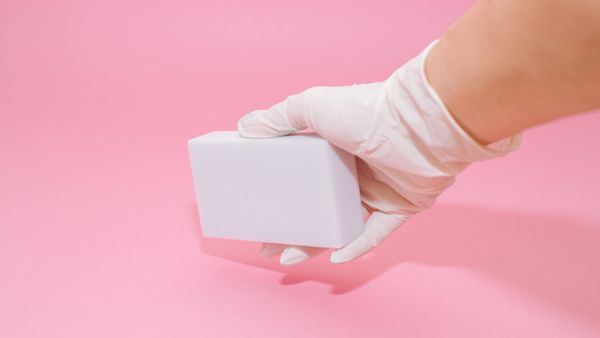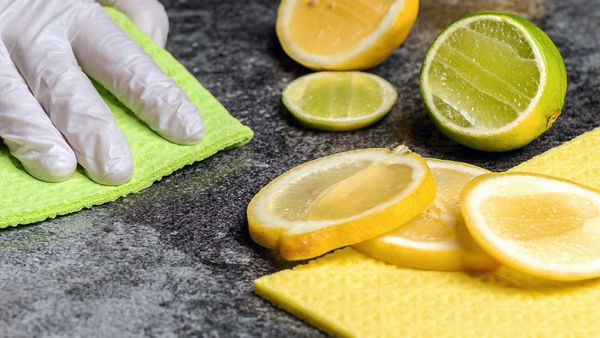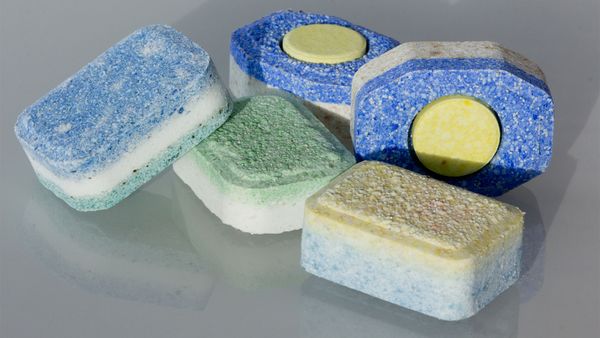
Take a look at your kitchen sponge and what you ask it to do all day. It cleans the dishes, sure, but it probably also wipes down the counters, cleans up crumbs on the table and gets jelly off your kid's face.
While washing all those other things with soap and warm water, the sponge itself gets washed, too, right? Not really, no.
Advertisement







